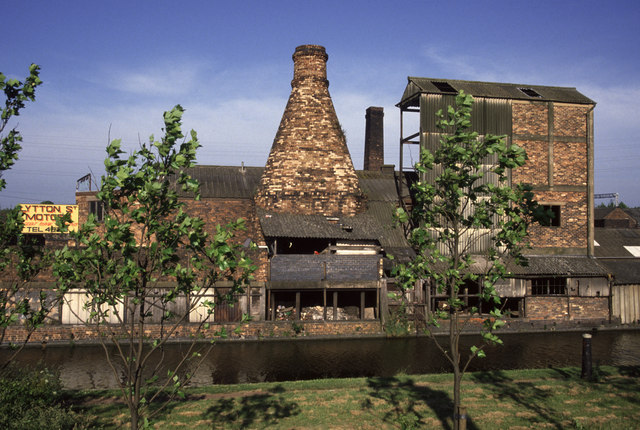
image for illustration: Chris Allen / Dolby Flint Mill, Lytton Street, Stoke on Trent, Commons Wikimedia
In the 18th century, the ceramic industry was essential to industrial Britain’s development. Stoke-on-Trent in Staffordshire played a key role in the pottery industry for over 300 years, gaining its affectionate nickname ‘The Potteries’, as reported by Historic England.
Historic England writes:
The Potteries encompassed the towns of Burslem, Fenton, Hanley, Longton, Stoke, and Tunstall. Together, these towns created the world’s leading centre for ceramics production, with famous names such as Wedgwood, Royal Doulton and Spode centring their work there. The necessity to transport these fragile ceramic goods across England to ports contributed to the development of the canal network. This fashionable pottery was then shipped across the world, transforming brands like Wedgwood into household names.
This consequently made The Potteries the leading pottery manufacturer in the world, with its iconic bottle ovens defining the area’s skyline. At the time, hundreds of people in the area were employed in ceramic production, as well as other industries such as iron and coal mining as Staffordshire grew to be one of the country’s leading producers of coal in the 19th century. Stoke-on-Trent officially became a city in 1925 after incorporating the 6 towns.
Within 100 years, the decline in British manufacturing changed everything for Stoke-on-Trent, and the ceramics industry contracted dramatically. In the 1970s, 200 factories were still operating in the area, while now there are around 30. The steelworks closed in the 1980s, and the last mines and the Michelin tyre factory shut down in the 1990s. In recent years, the rise of brands like Emma Bridgewater, Burleighware and Stokieware have seen a small resurgence in the local pottery industry in the area.
